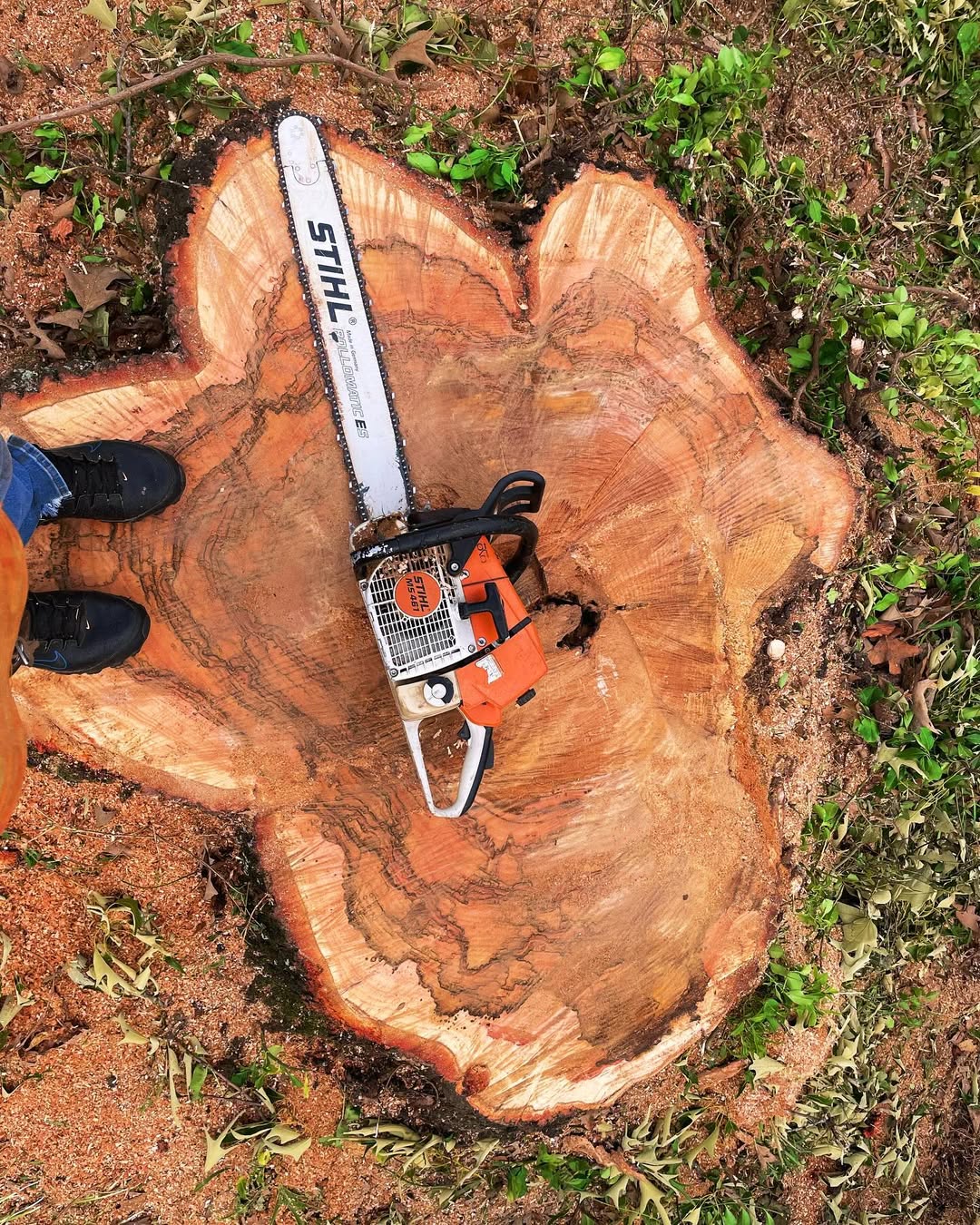
Kingdom Tree Cuts' Guide to Identifying Tree Diseases and Their Treatments Oct 08, 2025
Trees, like any other plants, are susceptible to a variety of diseases which, if left untreated, can lead to severe damage or even tree loss. Recognizing the signs early can make all the difference.
Start by observing the leaves. Changes in color can indicate different issues. For instance, leaf spots are a common indication of fungal infections such as Anthracnose, a disease that thrives during wet and cool spring weather. Look for small, brown, or black spots that may lead to premature leaf drop. Powdery mildew, another prevalent disease, appears as what looks like white dust covering the leaves and stems.
Bark abnormalities also signal distress. Cankers, which are dead sections of bark, appear as sunken areas and may ooze sap. These are often caused by bacterial or fungal pathogens and can disrupt the flow of nutrients and water. Similarly, peeling or missing bark can point to Frost Cracks or even Sunscald, which occurs when warm winter sunlight is followed by a rapid drop in temperature.
Next, explore the root system. Take note of wilting leaves or general tree decline, as these may be symptoms of root rot—a disease caused by overly saturated soil conditions favoring pathogenic fungi and bacteria.
Now, what should you do if you suspect a tree disease? Implementing the right treatment is essential for managing these issues and preserving your trees' health.
For fungal leaf spots like Anthracnose, pruning infected areas and improving airflow can help diminish disease spread. Also, promoting tree vitality through proper watering and fertilizing strengthens the tree's natural defense against pathogens. In cases of powdery mildew, apply fungicide sprays early in the growing season and remove fallen leaves to reduce future risk.
When dealing with cankers, remove and destroy the affected limbs during dry weather to prevent the spread of pathogens. Ensure the cuts are smooth, as jagged edges can invite further infection. For root rot, it's crucial to improve drainage around the root zone and reduce watering.
In addition to these measures, preventative care cannot be overstated. Regular inspections by a knowledgeable service like Kingdom Tree Cuts can help detect issues early. Monitoring soil moisture, mulching to maintain consistent soil temperatures, and relying on organic compost for fertilization rather than high-nitrogen fertilizers are also effective preventative tactics.
Concluding, tree care requires vigilance and proactive management. The ability to identify tree diseases and respond with appropriate treatments can preserve the beauty and integrity of your plants. Remember, a healthy tree landscape contributes to a healthy environment and can increase the value of your property.
Kingdom Tree Cuts is dedicated to providing expert advice and services in tree diagnosis and treatment. Contact us to maintain a vibrant landscape year-round. With the right care and attention, your trees can thrive for generations to come.
/filters:no_upscale()/media/5520a692-d925-42f5-b984-c51bade927e2.png)